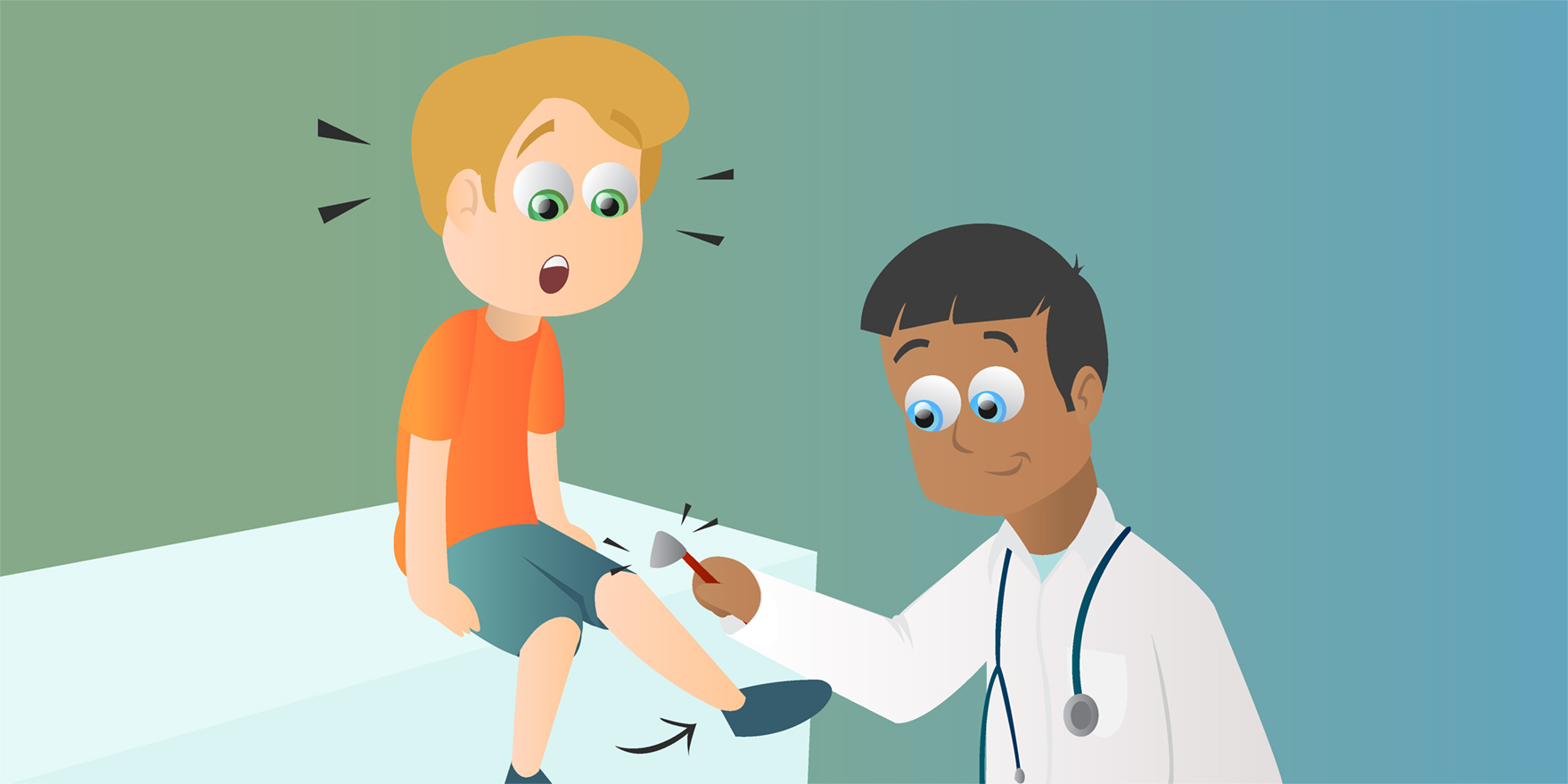
Reflexes are fascinating and remarkable phenomena that occur automatically and instantaneously in response to certain stimuli. These involuntary actions are essential for our survival and help protect us from potential harm. From the simple knee-jerk reflex to the complex reflexes involved in survival instincts, the human body is equipped with an incredible repertoire of reflexive responses.
In this article, we will explore nine extraordinary facts about reflexes that will amaze and enlighten you. From the incredible speed of a reflex response to the intricate neural pathways involved, we will delve into the intriguing world of these involuntary actions. So, let’s dive in and discover the wonder of reflexes!
Key Takeaways:
- Reflexes are automatic responses by the body to protect from harm. They can be innate or acquired, vary in strength, and can be affected by neurological conditions.
- Reflexes play a role in sports and physical activities, can be improved through training, and may deteriorate with age due to natural changes in the body.
Reflexes are involuntary responses to stimuli
Reflexes are automatic and rapid responses by the body to certain stimuli. They help to protect the body from potential harm and allow for quick reactions without conscious thought.
Reflexes are controlled by the central nervous system
The central nervous system, which consists of the brain and spinal cord, plays a crucial role in coordinating reflex actions. It receives sensory information and sends signals to activate the appropriate motor response.
Reflexes can be innate or acquired
Some reflexes, such as the “startle reflex” or the “grasping reflex” in infants, are present from birth and do not require any prior learning. Other reflexes, like the “knee-jerk reflex”, can be acquired through repetitive stimulation and conditioning.
Reflexes can vary in strength and speed
Reflex responses can vary from person to person and can also be influenced by factors such as age, health, and training. Some individuals may have stronger or faster reflexes than others due to genetic or environmental factors.
Reflexes can be affected by certain neurological conditions
Neurological conditions, such as stroke or spinal cord injuries, can impact reflexes. Damage to the central nervous system can disrupt the normal reflex pathways, leading to altered or absent reflex responses.
Reflexes can be tested by healthcare professionals
Doctors and healthcare professionals use various tests to assess the integrity of reflexes. The most common test is the “deep tendon reflex” test, where a reflex hammer is used to elicit responses from specific muscle groups.
Reflexes play a role in sports and physical activities
Athletes and sports professionals often train to improve their reflexes, as quick and accurate reflex responses can make a significant difference in performance. Exercises and drills can be employed to enhance reflex abilities.
Reflexes can be suppressed or modified through conscious control
While reflexes are typically involuntary, certain individuals can consciously suppress or modify their reflex responses through practice and training. This ability is often seen in activities that require fine motor control and precise movements.
Reflexes can deteriorate with age
As people grow older, their reflexes may slow down or become less responsive. This natural decline in reflexes is attributed to changes in the nervous system and muscle function that occur with aging.
Conclusion
Reflexes are truly extraordinary phenomena that play a crucial role in our daily lives. These automatic responses allow our bodies to react quickly and efficiently to stimuli, ensuring our safety and well-being. From the simple knee-jerk reflex to more complex reflex actions, such as blinking and sneezing, our body’s ability to react without conscious thought is a remarkable biological mechanism.
Understanding the intricacies of reflexes not only provides insight into the fascinating workings of the human body but also opens up new avenues for scientific research and medical advancements. By studying reflexes, scientists can gain a deeper understanding of the nervous system and potentially develop new therapies for conditions that affect these automatic responses.
So, the next time you sneeze or pull your hand away from a hot surface without thinking, take a moment to appreciate the extraordinary capabilities of your body’s reflexes.
Remember, reflexes are not just simple reactions; they are a testament to the complexity and efficiency of our biology.
FAQs
Q: What are reflexes?
A: Reflexes are automatic, rapid, and involuntary responses our bodies produce in reaction to a specific stimulus.
Q: How do reflexes work?
A: Reflexes are controlled by the nervous system. When a sensory receptor detects a stimulus, it sends a signal to the spinal cord and then to the appropriate muscles, bypassing conscious thought processes.
Q: Are reflexes the same for everyone?
A: While many reflexes are innate and common to all humans, some reflexes can vary between individuals based on factors such as age, genetics, and experience.
Q: Do reflexes serve any purpose?
A: Reflexes serve a crucial purpose in our survival and well-being. They protect us from potential harm by allowing our bodies to react quickly without the need for conscious thought.
Q: Can reflexes be modified or conditioned?
A: Yes, some reflexes can be modified through conditioning. For example, reflexes like the eye-blink response can be conditioned through training or repeated stimuli.
Q: Can a reflex be lost or impaired?
A: Yes, certain medical conditions or injuries can lead to the loss or impairment of reflexes. In these cases, healthcare professionals may use reflex testing to evaluate possible underlying issues.
Q: Can reflexes be controlled voluntarily?
A: While reflexes are typically involuntary, some reflexes, like swallowing or the startle response, can have voluntary components to them.
Q: Are all reflexes immediate?
A: Most reflexes occur within milliseconds, allowing for quick reactions to potentially hazardous situations. However, some reflexes, like the pupillary reflex, may have a slight delay in their response.
Q: Do animals have reflexes too?
A: Yes, reflexes are present in many animal species. They serve similar purposes of protecting the organism from harm and ensuring survival.
Reflexes are truly remarkable, protecting us from harm and enabling incredible feats. If you found these facts about reflexes fascinating, you might also enjoy learning about the best foot massagers to soothe tired feet after a long day. For sports enthusiasts, delving into the life of legendary goalkeeper Ricardo Zamora or exploring the fast-paced world of racquetball could be equally captivating. Each topic offers a unique perspective on human performance and the wonders of our bodies.
Was this page helpful?
Our commitment to delivering trustworthy and engaging content is at the heart of what we do. Each fact on our site is contributed by real users like you, bringing a wealth of diverse insights and information. To ensure the highest standards of accuracy and reliability, our dedicated editors meticulously review each submission. This process guarantees that the facts we share are not only fascinating but also credible. Trust in our commitment to quality and authenticity as you explore and learn with us.


